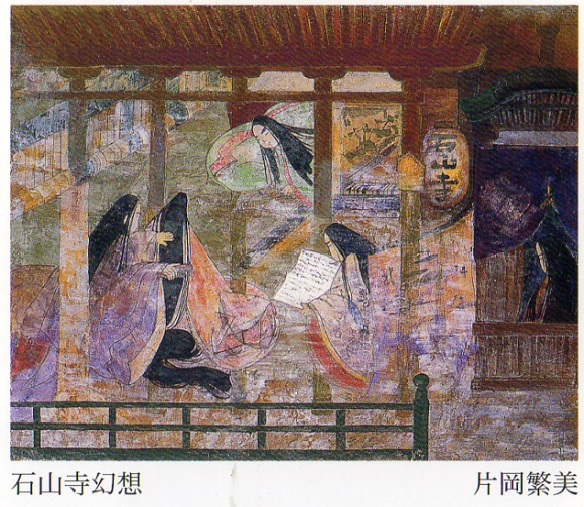Vasari Classic Oil Colours are the perfect choice for painting in the manner of the masters.
John Singer Sargent
![“Venetian Onion Seller,” 1880-82 By John Singer Sargent]()
“Venetian Onion Seller,” 1880-82
By John Singer Sargent
Sargent pushes the limits of both indoor and outdoor light, with contrasts of value, tone, and even pigment choices in this arresting figurative work on view at Museo Thyssen-Bornemisza, Madrid, Spain. Painted while visiting Venice, a year after he travelled to Madrid to view and copy the Masterworks of Diego Velázquez at the Prado Museum.
Sargent’s great admiration for the work of Velázquez, especially his earth colour palette, is evident here in the use of warm deep shadows to define the interior space, the colourful neutrals of blue with warm or cool brown earths, and the glow of yellow and red earths. In contrast, the bright Impressionist landscape seen beyond the open window foretells Sargent’s future course and friendship with Claude Monet.
Sargent’s earth palette included: Flake White, Yellow Ochre, Raw Sienna, Mars Red, Burnt Sienna, Burnt Umber, Raw Umber, and Ultramarine Blue.
![Detail of “Ilex Wood. Majorca,” 1908, oil on canvas By John Singer Sargent]()
Detail of “Ilex Wood. Majorca,” 1908, oil on canvas
By John Singer Sargent
This striking example of Viridian, and the clean colours Sargent was able to mix from his bright mineral palette, is on view at Museo Thyssen-Bornemisza, Madrid, Spain, in the Carmen Thyssen-Bornemisza Collection.
Although considered the finest portrait painter of his time, Sargent experimented with painting outdoors during his summer travel to idyllic landscapes, causing his work to shift more completely to painting en plein air by the time he visited the Mediterranean isle of Majorca, and captured the intense color of this lush grove of holly.
Sargent’s main working palette included colours newly introduced in the 19th century as well as traditional earths and white: Flake White, Mars Yellow, Cadmium Yellow, Vermilion, Mars Red, Madder Deep, French Ultramarine, Cobalt Blue, Viridian, Emerald Green, Ivory Black, Raw Sienna and Mars Brown. Additional colors when needed included Chrome (Yellow) Pale, Cerulean, Red Lead, and Cobalt Violet.
![vasari sargent colour palette]()
Pierre-Auguste Renoir
![oil palette renoir]()
“Two Sisters,” 1881, oil on canvas
By Pierre-Auguste Renoir
Renoir skillfully employs colour to suggest the deep space in this open-air painting, started in April on site at Restaurant Fournaise’s terrace overlooking the Seine River in Chatou, France. On view at the Art Institute of Chicago, Chicago, IL, in Gallery 201, Renoir relies on the juxtaposition of bold barely mixed complements to emphasize the elevated placement of his foreground models, but adds his signature nuance of tone and touch, to hint at the more distant blooming landscape below.
Many of the colours that were newly available to painters during Renoir’s career are still favored today while others, like the lead-based Chrome Yellows, have been replaced by Titanium-based and Cadmium Yellow choices. Renoir’s palette consisted of just seven warm and cool versions of primaries, plus white – Flake White, Cobalt Blue, Viridian, Dutch Yellow, Cadmium Yellow Light, Naples Orange, genuine Cadmium Vermilion Red Light, and Alizarin Crimson.
Just seven warm and cool versions of primaries, plus white, was typical for Renoir when painting out-of-doors, as was used in an earlier work, Boating on the Seine, the year before: Lead White, Cobalt Blue, Viridian, Chrome Yellow, Chrome (Yellow) Pale, Chrome Orange, Vermilion, and Red Lake.
Like his fellow Impressionists, Renoir’s ability to capture light in a landscape with vibrant pigments, was greatly helped by 19th century advances in colour chemistry and the invention of the collapsible paint tube.
![vasari renoir colour palette]()
Vasari Classic Oil Colours are the perfect choice for painting in the manner of the masters.
Click on the underlined link to go to the current offer on Vasari Classic Oil Colours on the Jackson’s Art Supplies website.
Postage on orders shipped standard to mainland UK addresses is free for orders of £39 or more.
Kind thanks to Vasari for the useful information!
The post The Colours Used by Sargent and Renoir appeared first on Jackson's Art Blog.



















































